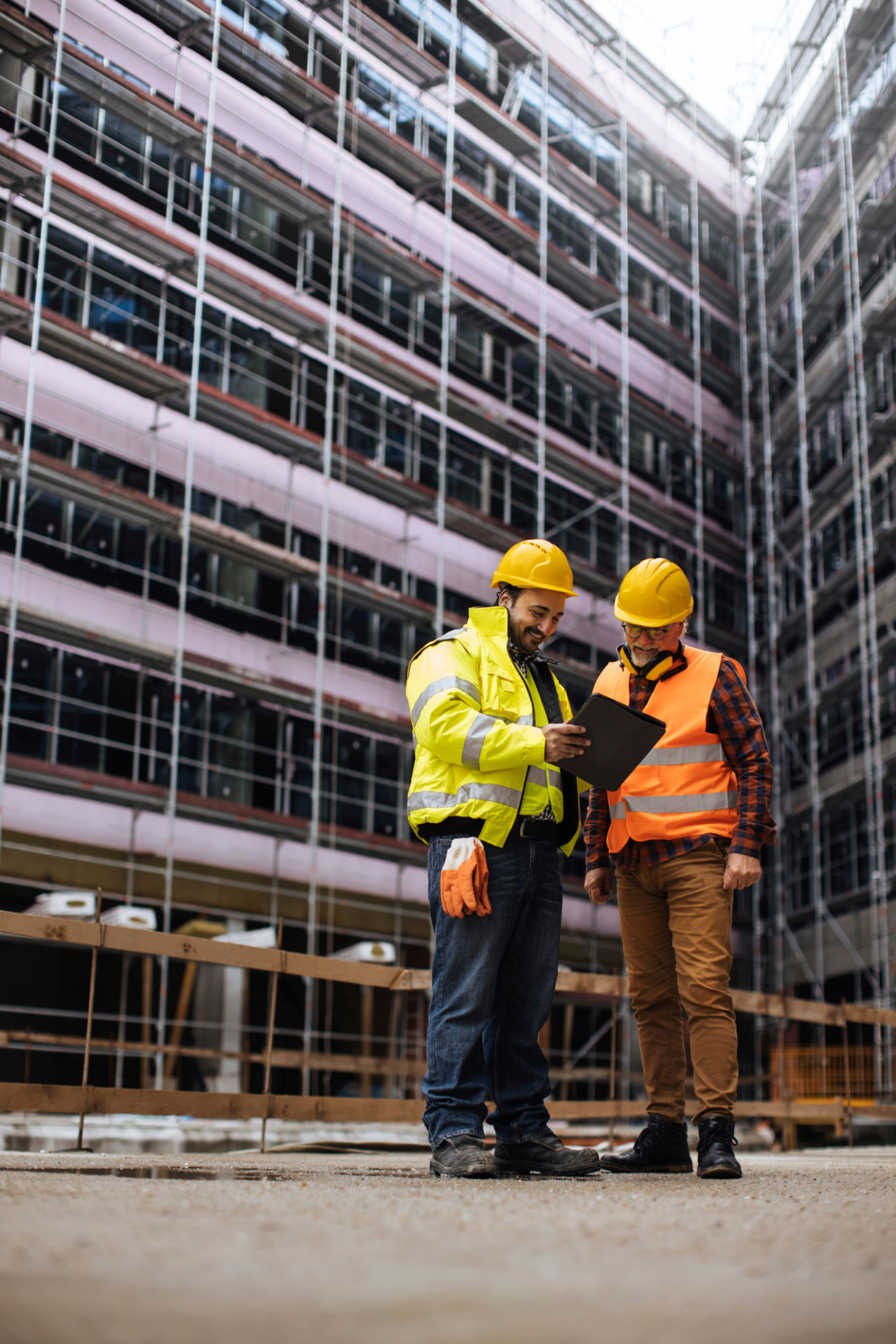A Comprehensive Guide to Commercial Building Regulations in Canada
Understanding the Basics of Commercial Building Regulations
In Canada, commercial building regulations are essential to ensuring the safety, accessibility, and environmental sustainability of structures. These regulations are in place to protect both occupants and the environment. They encompass various aspects such as structural integrity, fire safety, electrical systems, plumbing, and energy efficiency.
Compliance with these regulations is mandatory for new constructions and significant renovations. It's crucial for builders, architects, and business owners to be familiar with these guidelines to avoid potential legal issues and ensure their projects meet national and local standards.

Key Regulatory Bodies and Codes
Several organizations and codes govern commercial building regulations in Canada. The primary authority is the National Building Code of Canada (NBC), which sets out the minimum requirements for design and construction. It is revised every five years to incorporate technological advancements and evolving safety standards.
Additionally, provinces and territories may have their own building codes and standards, which must align with or exceed the NBC. It's important to check with local authorities to understand any specific regional requirements that may apply to your project.

Fire Safety Regulations
Fire safety is a critical component of commercial building regulations. The NBC outlines requirements for fire-resistant materials, sprinkler systems, and emergency exits. Additionally, fire safety plans must be developed and approved by local fire departments to ensure swift evacuation and response in case of an emergency.
Accessibility Standards
Canada is committed to making buildings accessible to everyone, including individuals with disabilities. The NBC includes guidelines for accessible entrances, restrooms, and pathways. These standards ensure that all individuals can navigate public spaces easily and safely, promoting inclusivity and equality.

Environmental Considerations in Building Regulations
Environmental sustainability is increasingly becoming a focus in building regulations. The NBC incorporates guidelines for energy efficiency, water conservation, and the use of sustainable materials. Builders are encouraged to use innovative technologies to reduce the ecological footprint of commercial buildings.
Moreover, certifications such as LEED (Leadership in Energy and Environmental Design) are available to recognize buildings that meet high environmental performance standards. Achieving such certifications can enhance a building's value and appeal to environmentally conscious businesses and consumers.

Steps to Ensure Compliance
To ensure compliance with commercial building regulations, it is essential to engage qualified professionals such as architects, engineers, and contractors familiar with the relevant codes. Conducting thorough reviews and inspections at various construction stages can help identify potential issues early on.
Additionally, maintaining clear and open communication with local regulatory bodies can provide guidance and support throughout the construction process. Staying informed about updates to regulations is also crucial for long-term compliance and safety.
The Importance of Staying Informed
As regulations evolve, staying informed is vital for anyone involved in commercial construction. Regularly reviewing updates from regulatory bodies and participating in industry seminars or workshops can help professionals stay ahead of changes. This proactive approach not only ensures compliance but also positions businesses as leaders in safe and sustainable building practices.
In conclusion, understanding and adhering to commercial building regulations in Canada is essential for creating safe, accessible, and environmentally friendly structures. By prioritizing compliance, businesses can contribute to a better-built environment and avoid costly legal challenges.

